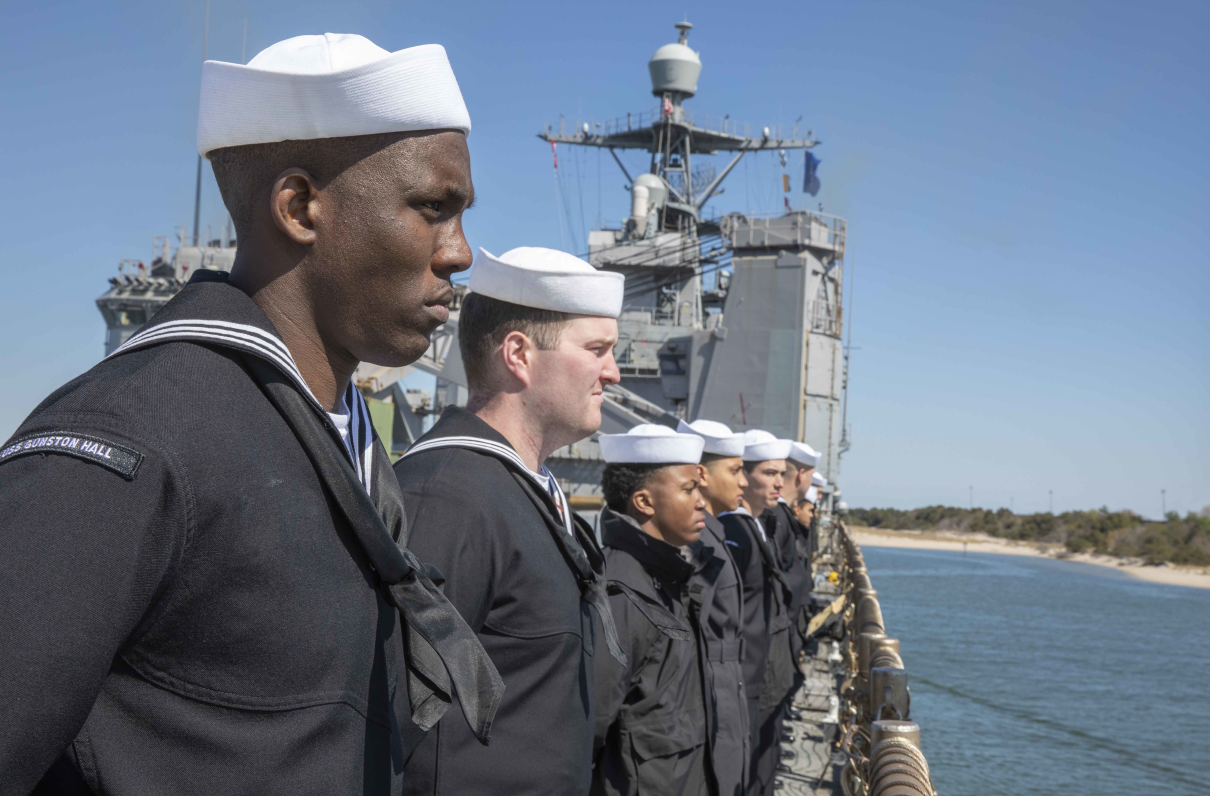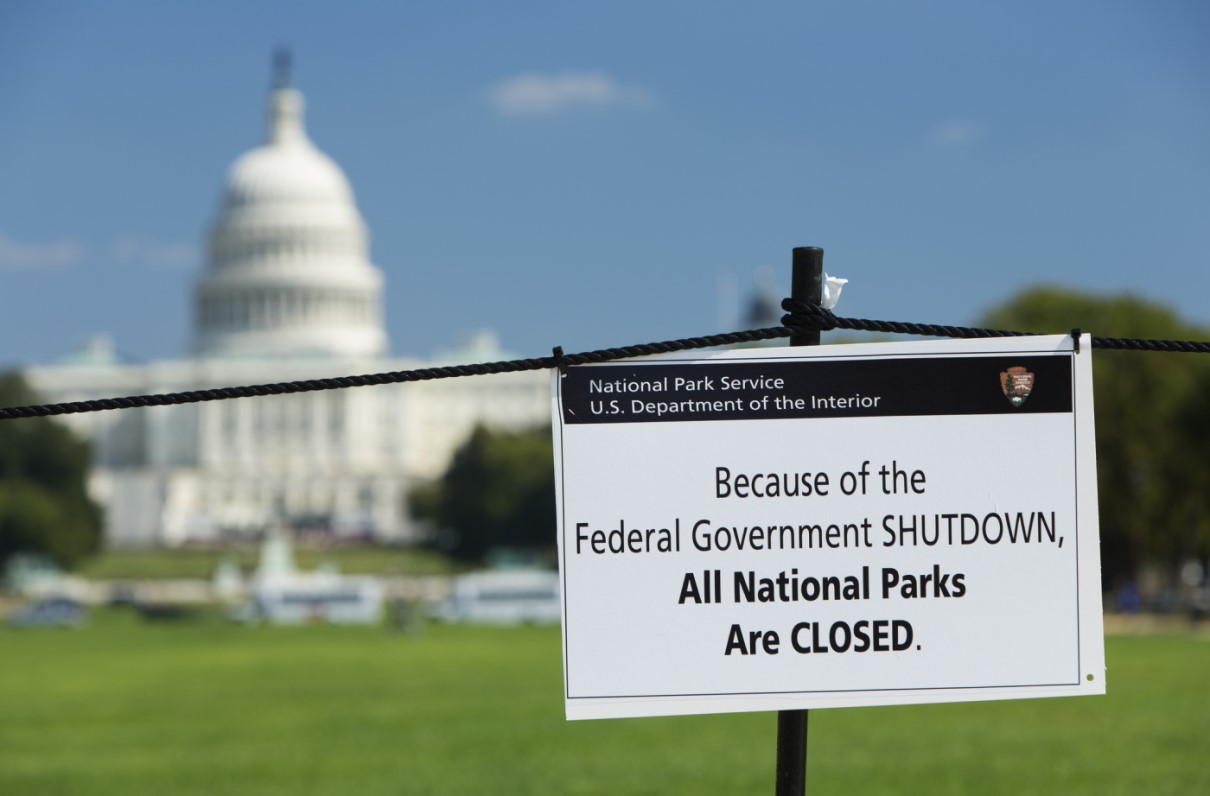Today’s headlines on the war in Ukraine depict the importance of protecting our all-volunteer force. The Ukrainian forces, outgunned and outnumbered, are holding their own despite vast Russian superiority in technology and numbers. It is an embarrassment for Russian forces who lack a noncommissioned officer corps and exist in a “wait for orders” leadership culture counter to the teamwork and integration required in maneuver warfare and logistics. Firepower alone will not lead to a Russian victory.
[TAKE ACTION: Tell Congress to Protect Our All-Volunteer Force and Maintain Our Professional Advantage]
Modern combined arms maneuver warfare requires mutual trust among leaders, fostering initiative and teamwork. The Multi-Domain Operations (MDO) concept – an update of the U.S./NATO Cold War-era AirLand Battle concept to include domains such as cyber and space – requires empowered leaders; the Russian military performance in Ukraine shows what could happen if we do not sustain our strength in professional servicemembers.
Our midgrade leaders and NCO corps provide a greater advantage than any modernized platform. And Congress should take steps to protect that advantage from threats both new and persistent.
[TAKE ACTION: Ask Your Lawmaker to Support the Military Pay Raise and Keep Pace With Inflation]
‘Pitched Battle’ for Recruits
The call to serve in our uniformed services is in decline, with a shrinking pool of young Americans capable of (or interested in) meeting physical and mental standards. The President’s budget request is a red flag, with reduced manpower below authorized strength; DoD officials have cited recruiting challenges and the reduced propensity to serve as reason to reduce manning and use those funds toward other priorities.
The ranking member of the Senate Armed Services Personnel Subcommittee highlighted threat to the all-volunteer force at a recent hearing.
"The 2023 NDAA will coincide with the 50th anniversary of the all-volunteer force," said Sen. Thom Tillis (R-N.C.). "To put it bluntly, I’m worried we are now in the early days of a long-term threat to the all-volunteer force."
The services are in what Maj. Gen. Ed Thomas, head of the Air Force Recruiting Service, called a “pitched battle for talent” with a private sector in the midst of a national labor shortage.
That battle isn’t limited to new recruits: The Blended Retirement System disincentivized the 20-year career, creating a looming cliff and making it more difficult for the services to retain highly trained midcareer personnel. Between this population and the proposed personnel cuts, the force could see an exodus of talent that recruiters and retention bonuses may not be able to correct.
Why End Strength Matters
Our manpower problem is at a crossroads, where our overstretched force is asked to do more with less personnel. This has a negative effect on morale and retention.
Undermanned units with quality of life and morale challenges have also contributed to some awful conditions for our servicemembers that will add to the retention problem.
[RELATED AT MILITARY.COM: 10 Deaths in 10 Months: String of Suicides on a Single Aircraft Carrier]
Suicide rates across the uniformed services continue to increase, and reducing manpower will place an even larger strain on servicemembers. A recent Government Accountability Office report warns reduced manpower dramatically affects maintenance, and a report from DoD’s Inspector General found medical personnel shortages are resulting in burnout and mental health problems.
[TAKE ACTION: Help Support Military Family Access to Mental Health Care]
As lawmakers draft the FY 2023 National Defense Authorization Act (NDAA), it is important to contact your elected officials and ask them to protect the all-volunteer force so they can safely continue operations. Senior leaders deserve a properly manned force to meet mission requirements, funded by the public through taxes. Modernization of the military should also be funded by the public and not at the expense of the force strength necessary to address emerging military engagements.
You likely will have to explain why the highly trained servicemember provides our competitive advantage, and how reduced manning is a threat. Most of our elected officials have never served in uniform and need to hear your voice.
With many contested midterm elections on the horizon, your contact can make a larger impact this year. In addition to letters and emails, you can contact them via MOAA’s toll-free Capitol Switchboard at 1-866-272-6622. Be sure to share our Legislative Action Center links with your extended network of family and friends, and explain that you do not have to be a MOAA member to use them.
You can follow more on MOAA’s legislative priorities at our Advocacy News page.
More Members Mean More Influence Over Retirement Pay, Health Care, and Family Programs
Get involved and make sure your interests are addressed. Because the larger our voice is, the greater our impact will be.



